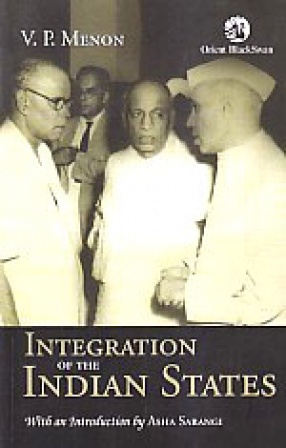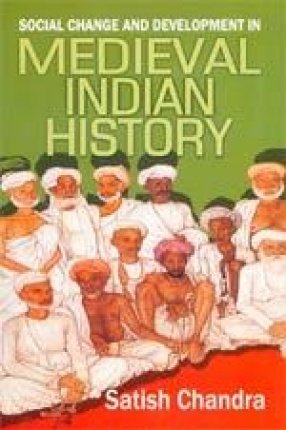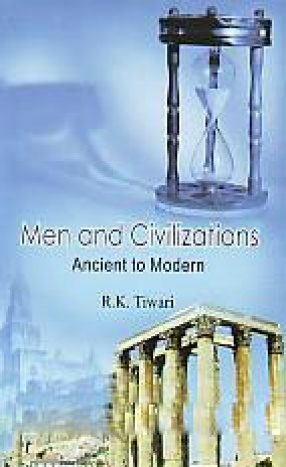With the publication of the Transfer of Power in India, V.P. Menon (Last Constitutioinal Adviser to the Governor General of British India) fulfilled a promise he made to Sardar Vallabhabhai Patel (new India’s first Deputy Prime Minister) to write two books: one dealing with the story of the integration of the Indian States (first published by Orient Longman in 1956), and the other narrating the events leading to the transfer of power (first published by Orient Longman in 1957). The story of the transfer of the power is covered in this book from the outbreak of the Second World War in September 1939 to the beginning of a new phase of Indian history on 15 August 1947. The narrative deals with the August offer of 1940, the Cripps negotiations, the ‘Quit India’ resolution of 1942, the Simla Conference, the Cabinet Mission, the Interim Government and the Union Constituent Assembly. The lat Viceroy Lord Montbatten’s determined efforts to find a solution acceptable to both the Congress and the Muslim League are described in detail: the 3 June plan, the Indian Independence Bill and the birth of two separate dominions completes the story. The book ends with an account of the communal conflagration which followed immediately after partition. In view of his long and close association with constitutional developments in India, nobody was better qualified than the author at the time to write this account. It remains as authoritative and valuable today as it was when first published.
ABOUT THE AUTHOR V.P. Menon
Vapal Pangunui Menon (1894-1966) C I E (1941), C S I (1946), came from humble beginnings in Malabar and grew to be associated with constitutional developments in India from 1917, when P.S. Montagu (then the secretary of State for India) came out to this country, right up to the transfer of power in August 1947. Starting in 1914 as an assistant of the Home Department of the then Government of India, he rose as follows: Assistant Secretary, Reforms Office, 1933; Union Secretary, 1994); Deputy Secretary, 1936-40; Joint Secretary, June-October 1937 and June-October 1938. By 1940 he had made himself an expert on Indian affairs and well-nigh indispensable to the administration. Greater responsibilities were bestowed upon him by his being assigned to the Government-General as Deputy Secretary (Reforms), 1940-42; Joint Secretary (Reforms), February-June 1941; Secretary (Public), June 1945-August 1946. During this period he was also Reforms Commissioner from 1942 to 1947 and Cabinet Secretary in 1945. When the Ministry of States was created by the Government of India on the eve of Independence, he was specially selected for the post of Secretary in July 1947 and remained with this Ministry (for some time as Adviser) up to 1951, working in close association with Sardar Vallabhbhai Patel, the Deputy Prime Minister. After his retirement from the State Ministry, he was briefly Governor of Orissa (May-July 1951) and Member, Finance Commission (1951-52) Before withdrawing permanently from public life he was associated with the founding of the Swatantra Party.






There are no reviews yet.